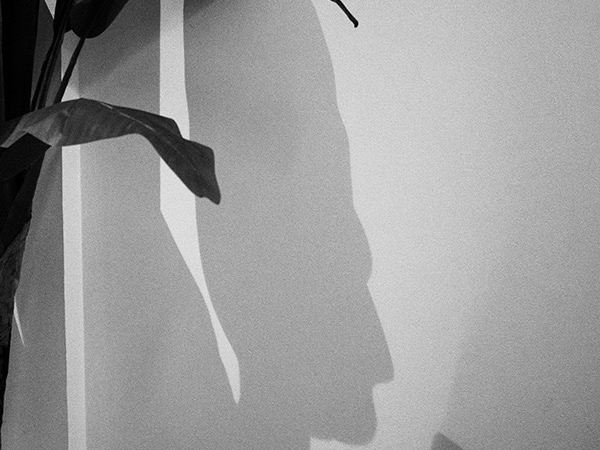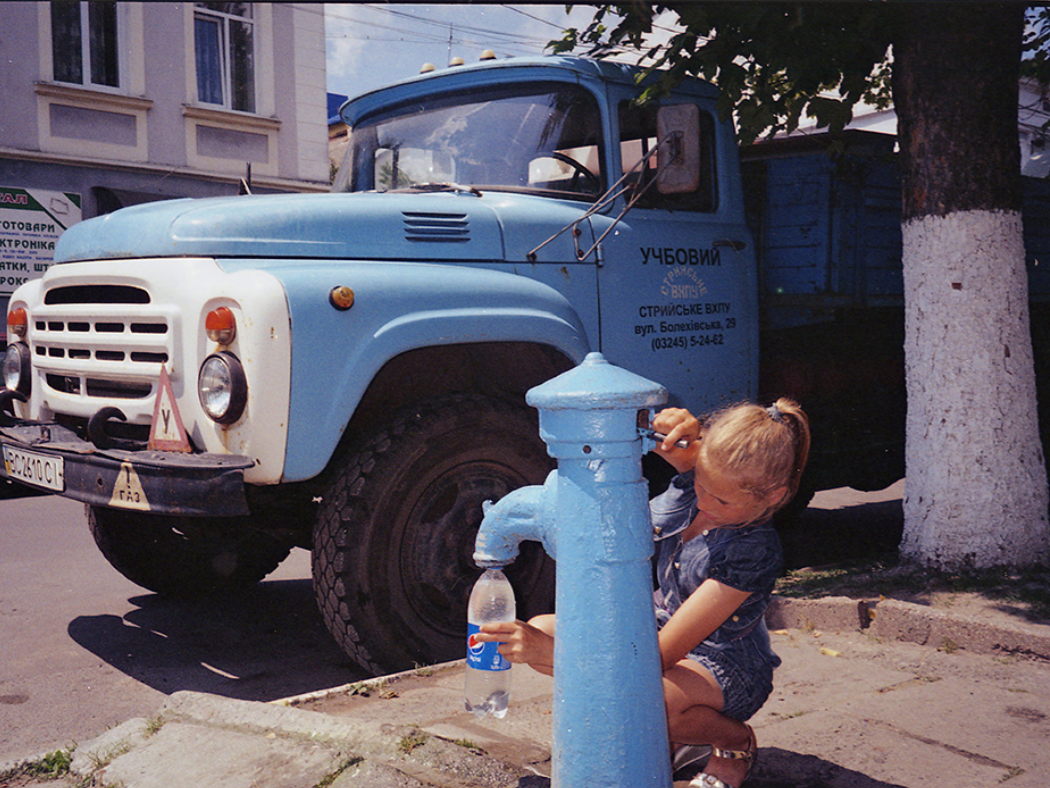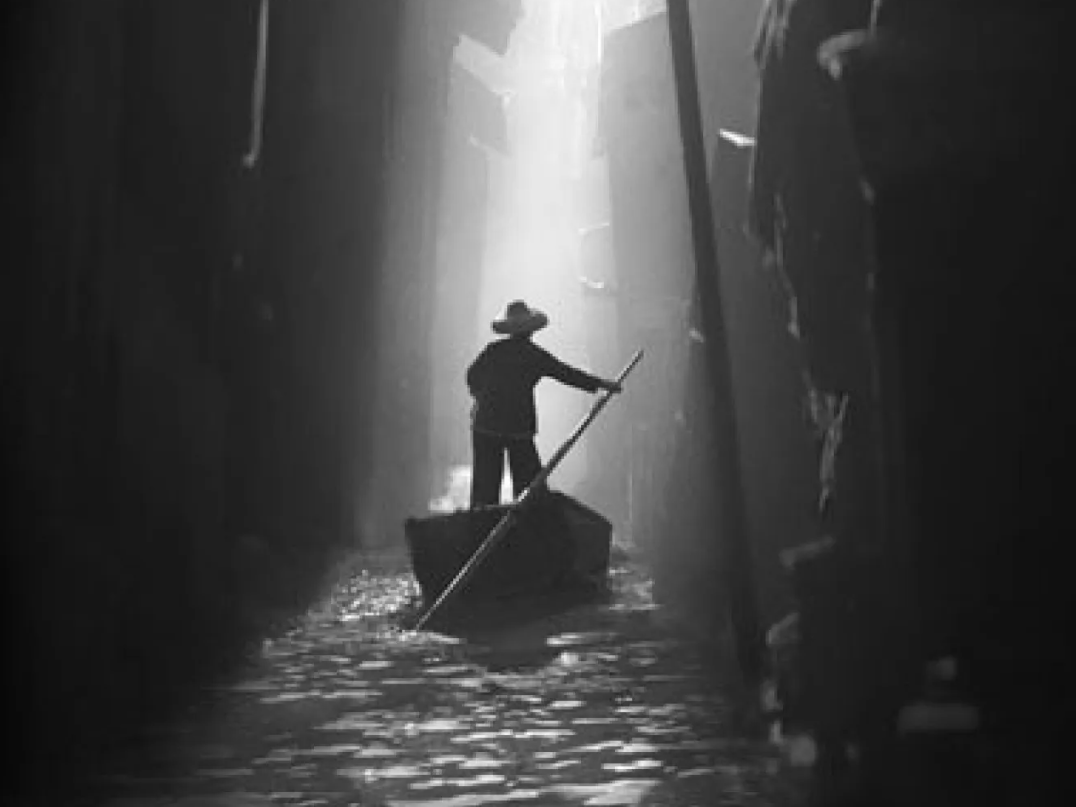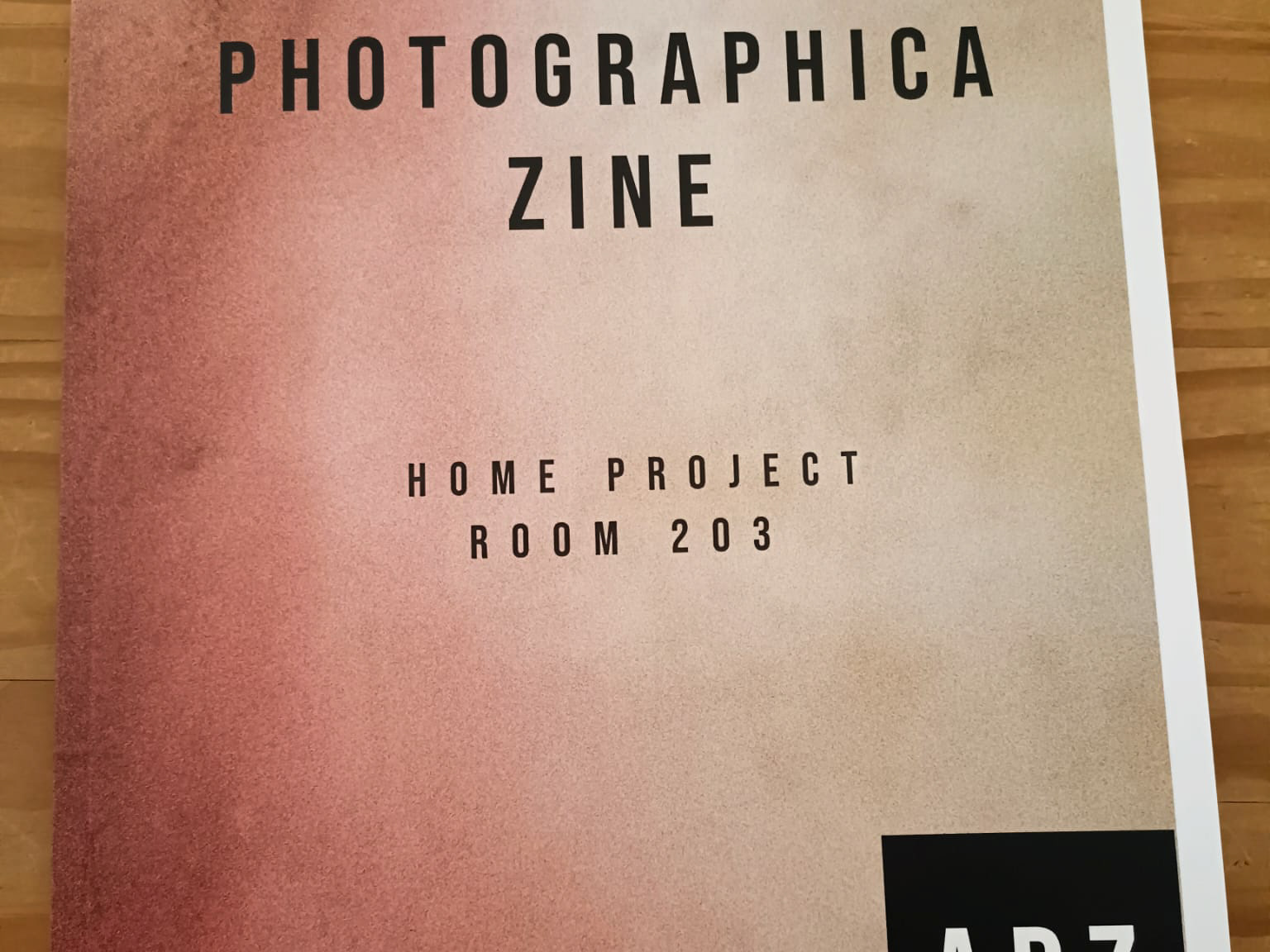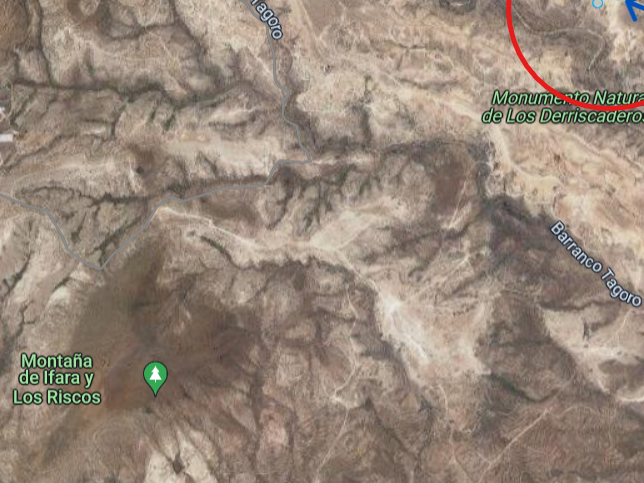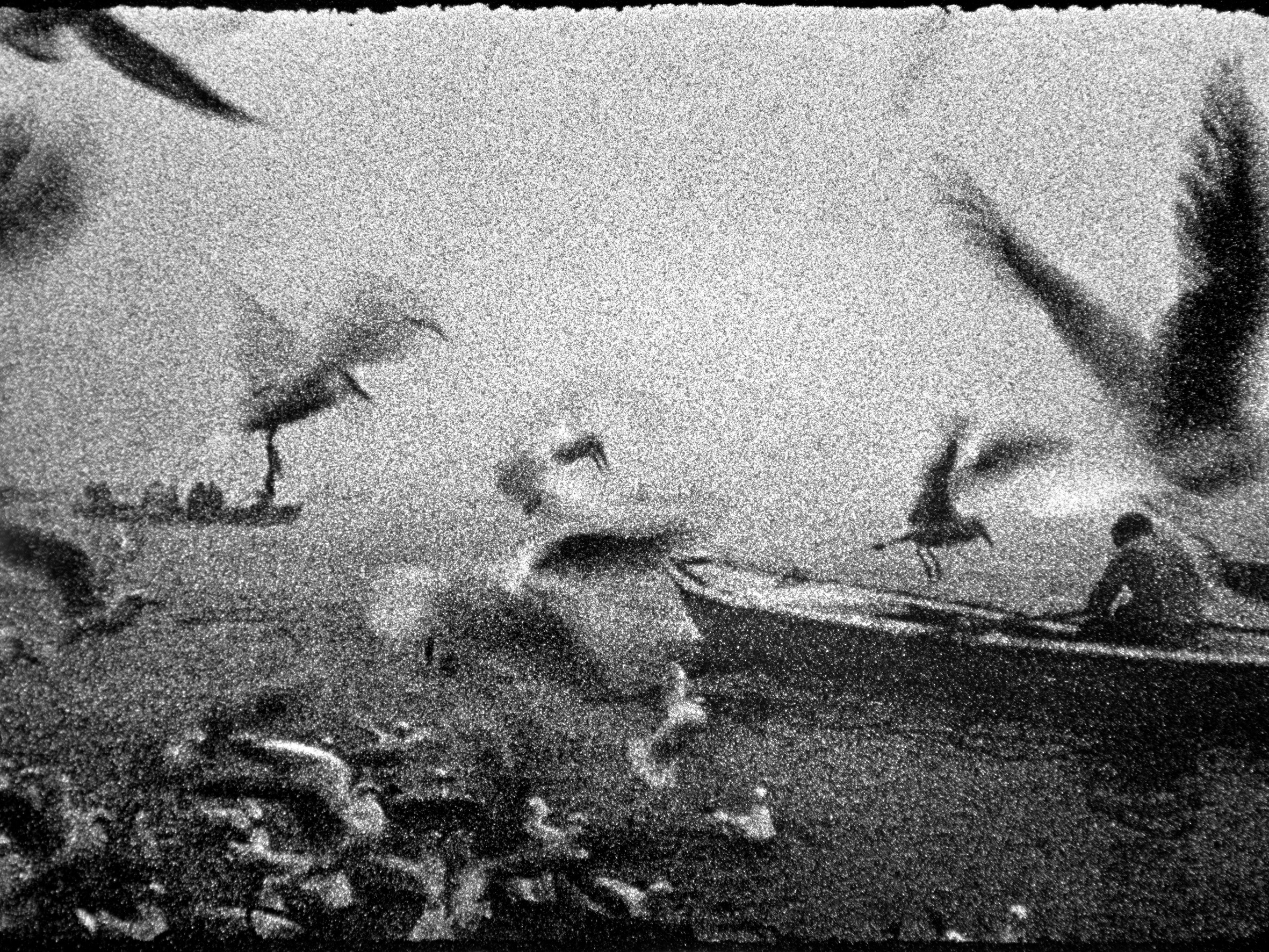Two eye-opening books: "Ways of Seeing" by John Berger and "On Photography" by Susan Sontag. I consider these two books essential for anyone, whether beginner or veteran, in photography. It's always worthwhile to remind ourselves what photography truly entails, and both books serve as good reminders and wake-up calls at the same time.
"Ways of Seeing" is perhaps the go-to book that every self-respecting photographer should have. Written by John Berger, an English artist, back in the 1970s. Berger reminds us that there is a very important difference between seeing and looking, and that as a result, each artist has a unique perspective. Our perspective is influenced not only by the instantaneous conditions of the act of looking but also by our own selves. By that cultural package that encompasses every person, ultimately shaping art. Our knowledge in different fields of life, not just photography, but general culture, music, cinematography, theater, painting, our life experiences, and experiences will make us completely unique and different. Berger reminds us, especially in the second part of the book, that we are both consumers and producers of images, hence the rise and success of advertising and marketing. Images have the power to influence our mood and motivations, sometimes turning an extrinsic motivation into an intrinsic one (Bernard Weiner). In this way, he instills an idea, almost imperceptibly, whose main objective is that the "obligation of a photographer is to see what no one else sees." This, although subtle and diffuse, is giving us an idea of what is currently happening, not only on social media but in everyday life regarding "obvious" images, which anyone with two eyes could see whether or not they are a photographer, and therefore capture it.
However, "Ways of Seeing" is still a somewhat complex but highly recommended book that requires several readings, each of which will yield new conclusions due to the depth of the subject.
On the other hand, "On Photography" by Susan Sontag, also published in the late 1970s, is much easier to understand and opens our eyes in a somewhat brutal way. Susan Sontag, the late writer, wife of the American photographer Annie Leibovitz, a fact that is not relevant but enlightening about how close this lady had photography in her home. Susan, ahead of her time, almost as if looking into the future with complete certainty of what would happen almost three decades later, the vulgarization of photography. She talks, among many other things, about what motivates us to photograph is beauty, but at the same time, it wears it out. Debating between reality and surrealism, whether we should retouch photos or not, and of course, like John Berger, that we should really be genuine and honest with our work. We should try to move away from the obvious and the common. For example, explained in a simple way, who would want to have a photograph of a subject (let's say a mountain, for example) that has been photographed a thousand and one times - by a thousand and one photographers - from the same coordinates? Who would want their image to be exactly the same as that of so many others? Wouldn't it be more satisfying to find our own path, our own ideas, with our unique perspective and frame everything in a photographic work (call it a project, series, documentary, whatever you like) that defines us and makes anyone who reads it feel the need to reflect?
Despite being different, photography and painting share something in common: innovation. This assertion by Sontag gives even more strength to the argument of the previous paragraph. Innovating is not copying but improving, surprising, and sometimes even bothering.
In conclusion, these two books serve their purpose perfectly; they teach if listened to and paid attention to, although along the way we may experience some disappointments, and if we are honest with ourselves, we may even blush in embarrassment.
I conclude with a quote from Susan Sontag's book:
"When photographers today deny that they are making works of art, it is because they think they are doing something better."
Susan Sontag - On Photography.


